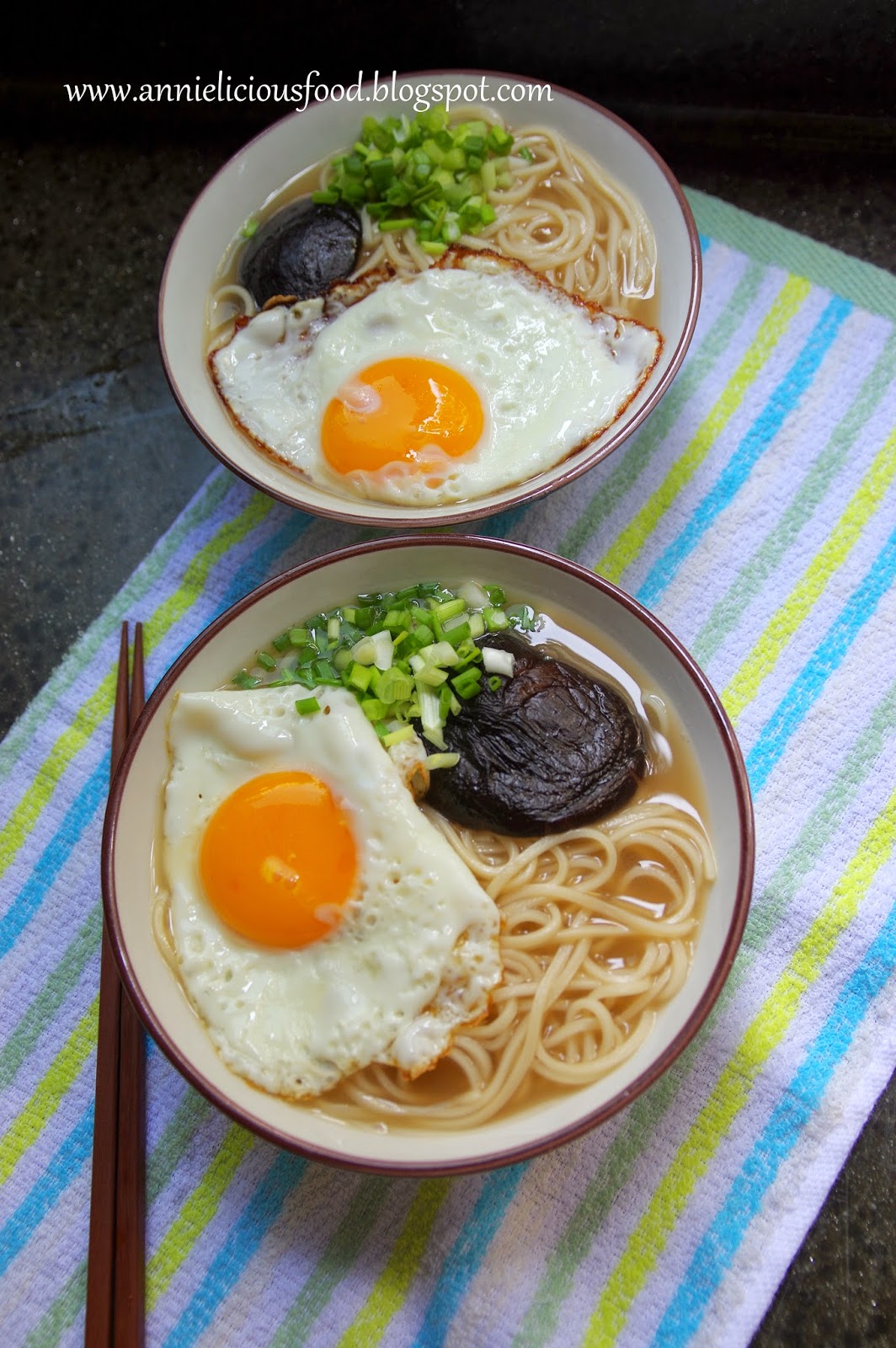Arguably one of Singapore's greatest culinary inventions. If you are a fan of seafood, this is one dish that you must try while you're in Singapore.
Don't get cheated by it's red and spicy look. Despite its name, chilli crab is NOT a very spicy dish.
The spicy and tangy sauce is made deliciously fragrant with rempah (spices) and lime or calamansi juice, while corn starch and egg ribbons are added to give the chilli crab dish the fluffy texture at the end of the cooking process. For extra oomph, order some fried mantou to scoop up the thick gravy, which will leave you hankering for more.
I adapted this recipe from Chef Master Classes on his World's BEST Singapore Chilli Crab Recipe, which he mentioned that his recipe is based on a food trip to Punggol Point, Singapore. I don't know how BEST this recipe would be. But by reading the recipe list, I think I wanna use this recipe as a reference. Also, Violet Oon is the brand ambassador of Singapore Food. So, her recipe as a guide will never go wrong I guess.
Ingredients
(Source : Chef Master Classes & Violet Oon's recipe, as a guide, with modification)
- 2 Mud Crabs or Meat Crabs (or Roe Crabs if you wish) - about 800g each
- 1 portion Rempah (Refer to below for recipe)
- 6 tbsp Tomato Ketchup
- 3 tbsp Sugar
- ½ tsp Salt
- 1 tsp Tau Cheo (fermented bean paste)
- 1½ tsp Corn Flour / Tapioca Flour + 1½ tbsp Water
- 5 tbsp Peanut Oil
- 1 cup Water (or more)
- 2 eggs, beaten
- some chinese parsley (garnishing)
- some chillies (garnishing)
- some spring onions (garnishing)
- Mantous (馒头) from the supermarket frozen section, thawed.
- Enough oil for deep-frying the Mantous (Mixture of 1 : 1 ratio of Butter + Peanut Oil)

For the rempah (Spices)
- 6 Shallots
- 6 Garlic
- 5 Red Chillies
- 2 to 3 Bird Eye Chillies, depends on individual
- 2 Candle Nut
- 1 thumb sized Galangal (or replaced by Ginger if you don't have Galangal)
- ½ Green Lime, extract the juices (or use calamansi as alternative)
- 2 tbsp Belacan Powder (toast your own belacan if you can't find belacan powder)
To prepare the crab, I'd posted How to clean crabs video last month. Or, below photos shows you roughly how it is cleaned and prepared. And preparing crabs is NOT as difficult as what you imagined. Be COURAGEOUS!!!
Get everything ready before start cooking is the rule. Always remember. Cooking chilli crab is not difficult. But preparing needs time.
Cooking Method
- Heat oil in a wok until very hot. Fry rempah until fragrant.
- Add tau cheo, sugar, salt and tomato ketchup. Stir well.
- Add in crabs, stir well. Then, add water, stir, cover until crab shells turned bright red, indicating that the crab is cooked.
- Beat 2 eggs in a bowl, pour into the sauce at the side, gently mix well. Simmer for another 10 seconds,
- Heat off, dish up, garnish with coriander, spring onions and chillies. Serve with hot deep fried mantous.
This recipe is good. It's a little messy, but worth it for sure. And you can always vary the recipe to your taste. You want it sweeter? Spicier? It's up to you! :)
Max and I scarfed the whole plate of crabs down with all the mantous. It tastes so good with deep fried mantous and it is also good with a bowl of hot rice!
Yummmss!!! Definitely recommended!
Do share with me if you have any better recipe :)
I am submitting this post to Asian Food Fest (Singapore) – September Month hosted by Grace Phua of Life can be Simple






















































